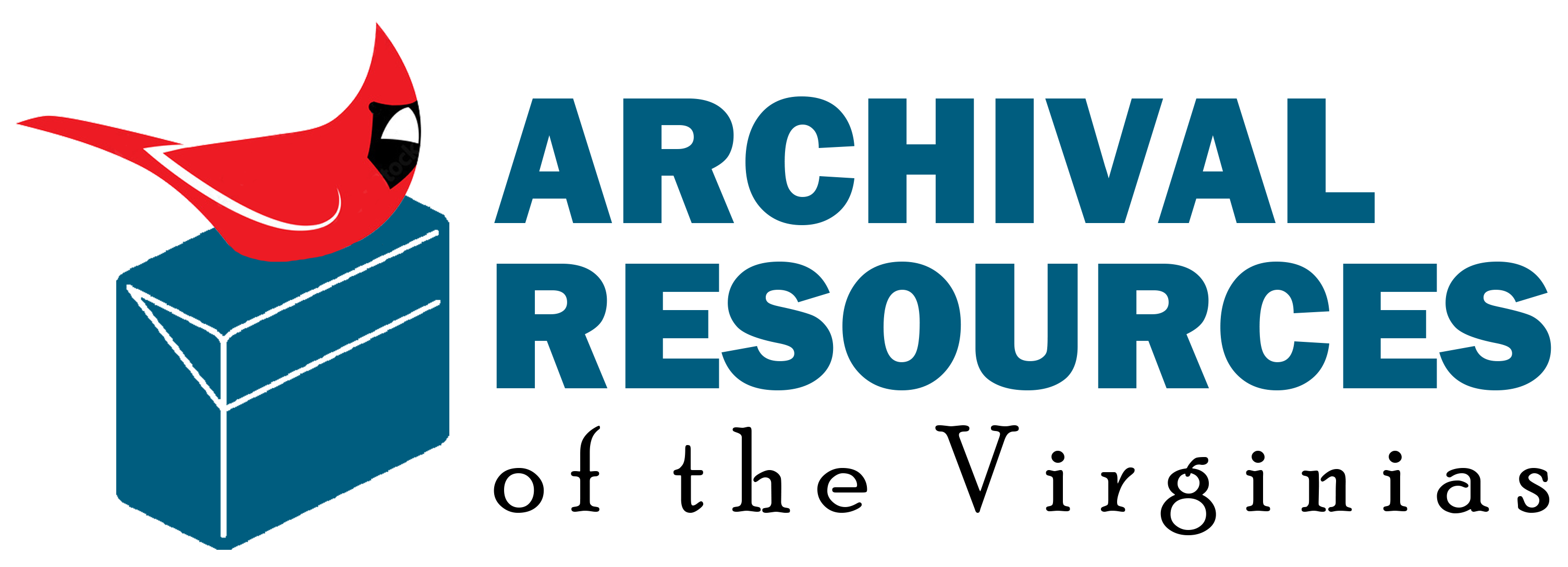Guide to "Chaucers Canterbury Pilgrims" print by J.G. Charlton of 1810 engraving by William Blake C0421
"Chaucers Canterbury Pilgrims" print by J.G. Charlton of 1810 engraving by William Blake
![[logo]](https://library.gmu.edu/img/mason-logo.png)
George Mason University. Libraries. Special Collections Research Center
Fenwick Library, MS2FL4400 University Dr.
Fairfax, Virginia 22030
Business Number: 703-993-2220
Fax Number: 703-993-8911
speccoll@gmu.edu
URL: https://scrc.gmu.edu
Meghan Glasbrenner
Administrative Information
Use Restrictions
Public Domain. There are no known restrictions.
Access Restrictions
There are no access restrictions.
Preferred Citation
"Chaucers Canterbury Pilgrims" print by J.G. Charlton of 1810 engraving by William Blake, C0421, Special Collections Research Center, George Mason University Libraries
Acquisition Information
Donated by Harold Morowitz in 2015.
Processing Information
Processing and finding aid completed by Meghan Glasbrenner from January-February 2024.
Biographical and Historical Information
Written by Geoffrey Chaucer in Middle English between 1387-1400, The Canterbury Tales is a collection of stories set within a frame narrative centered around a pilgrimage to the shrine of Thomas Becket in Canterbury, Kent. Chaucer establishes the identities of these 30 pilgrims in "The General Prologue" where they gather at the Tabard Inn in Southwark, across the Thames from London, and agree to engage in a storytelling contest to pass the time during their journey to Canterbury. The use of pilgrims, who by design come together from a variety of backgrounds and social standings, as the storytellers allows for the inclusion of a wide variety of story genres. Chaucer's full plan for the book remains incomplete, with both some pilgrims' stories and the return journey missing from the existing version.
William Blake was an English engraver, artist, and poet, perhaps best known for his collections "Songs of Innocence" (1789) and "Songs of Experience" (1794). Born in London on November 28, 1757, as a child Blake wanted to be an artist, so his father enrolled him in Henry Pars' Drawing School where he studied from 1767-1772. Following his studies, Blake was taken on as an apprentice by engraver James Basire (1730-1802) with whom he studied and lived for seven years, from 1772-1779, before beginning work as an independent engraver. Among his best known and most critically acclaimed engravings are his large-scale design of Geoffrey Chaucer's "Canterbury Pilgrims" in 1810, his 22 folio designs for the Book of Job in 1826, and his 7 large unfinished plates for Dante (1826-1827). Blake passed away on August 12, 1827 and is buried in London's Bunhill Fields, a burial ground for "Nonconformists."
John Charlton, known professionally at J.G. Charlton, was a photographer and publisher based in Canterbury, England from circa 1893 through the 1920s, likely serving for some time as the official photographer of Canterbury Cathedral. Charlton initially took over the shop of fellow photographer John Bateman at 54 St. George's Street, before moving to 14 Mercery Lane circa the early 1900s. Charlton's studio specialized in portrait photography, reproduction prints of popular engravings of Chaucer's The Canterbury Tales by both William Blake and Thomas Stothard, and a variety of other Canterbury-based souvenirs.
Scope and Content
Printed, possible collotype, reproduction of "Chaucers Canterbury Pilgrims" by J.G. Charlton of 1810 engraving by William Blake. On the back of the print is a stamp attributing printing to "J.G. Charlton, Cathedral Studios, 14 Mercery Lane, Canterbury".
The print depicts Geoffrey Chaucer, seen on the far left riding a dark horse, and the pilgrims as they depart the Tabard Inn in Southwark on their way to Canterbury. The names of the pilgrims are identified directly below the image and read, from left to right, as follows: "Reeve. Chaucer. Clerk of Oxenford. Cook. Miller. Wife of Bath. Merchant. Parson. Man of Law. Plowman. Physician. Franklin. 2 Citizens. Shipman. The Host. Sompnour. Manciple. Pardoner. Monk. Friar. A Citizen. Lady Abbess. Nun. 3 Priests. Squires. Yeoman. Knight. Squire."
Arrangement
This is a single item collection.
Subjects and Indexing Terms
- Art
- Blake, William, 1757-1827
- Chaucer, Geoffrey, -1400.
- Chaucer, Geoffrey, -1400. Canterbury tales
- Engraving
- Morowitz, Harold J.
- Photographic prints
- Reproductions
Bibliography
Bentley, G.E. 2024. "William Blake - Poet, Painter, Visionary." Britannica. January 3, 2024. https://www.britannica.com/biography/William-Blake.
"Chaucers Canterbury Pilgrims / Painted in Fresco by William Blake & by Him Engraved & Published October 8, 1810." n.d. Library of Congress. Accessed January 24, 2024. https://lccn.loc.gov/2015646330.
"J G Charlton, John Charlton, Canterbury." 2016. Historic Canterbury. 2016. http://www.machadoink.com/J%20G%20Charlton.htm.
"The Canterbury Tales | Summary, Characters, & Facts." 2023. Britannica. November 6, 2023. https://www.britannica.com/topic/The-Canterbury-Tales.
Significant Persons Associated With the Collection
- Blake, William, 1757-1827
- Charlton, J.G. (John G. Charlton)
- Chaucer, Geoffrey, -1400.
- Morowitz, Harold J.
